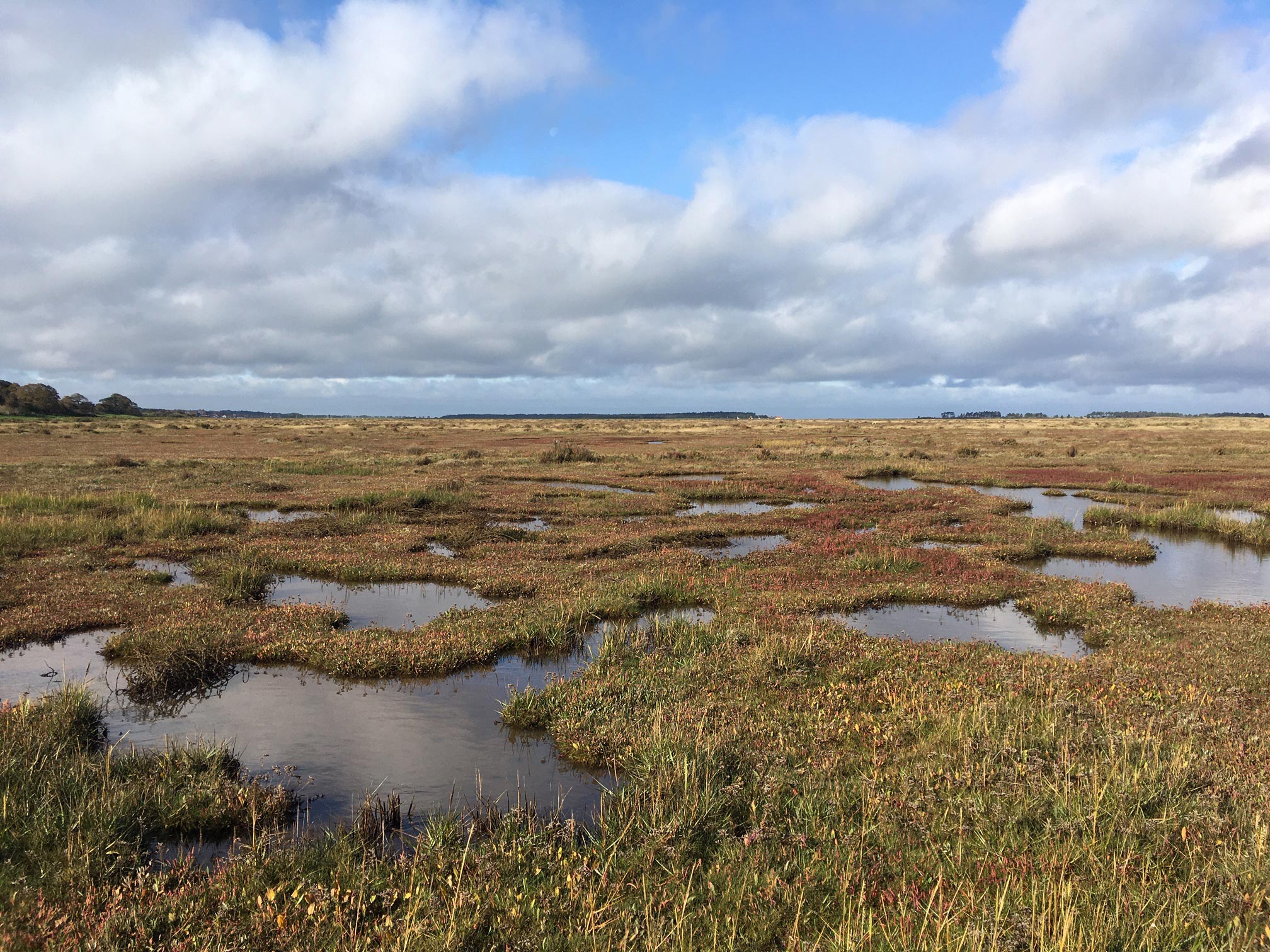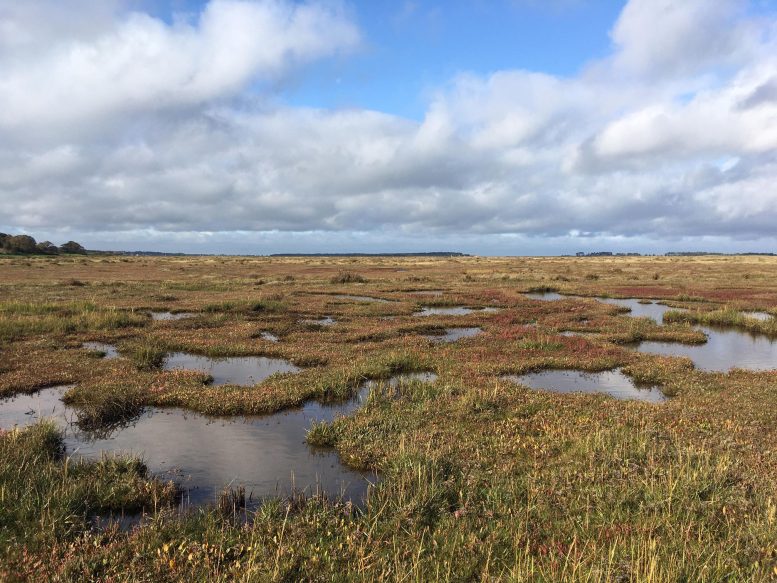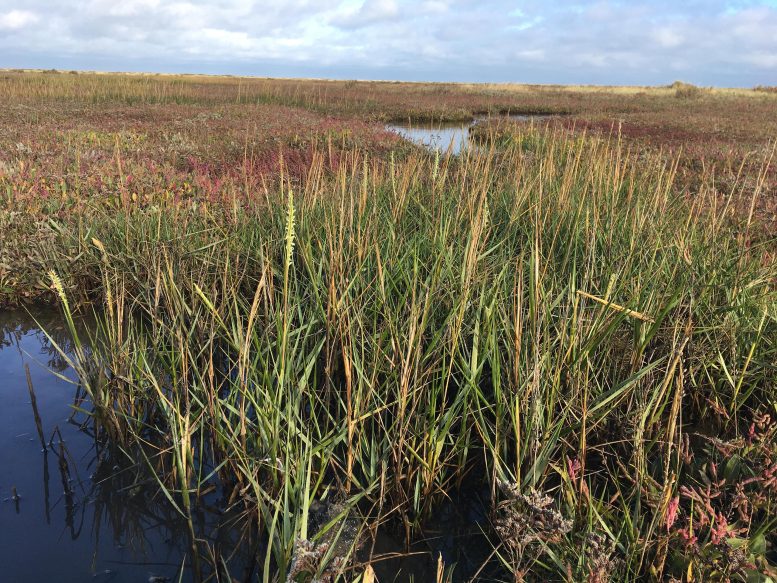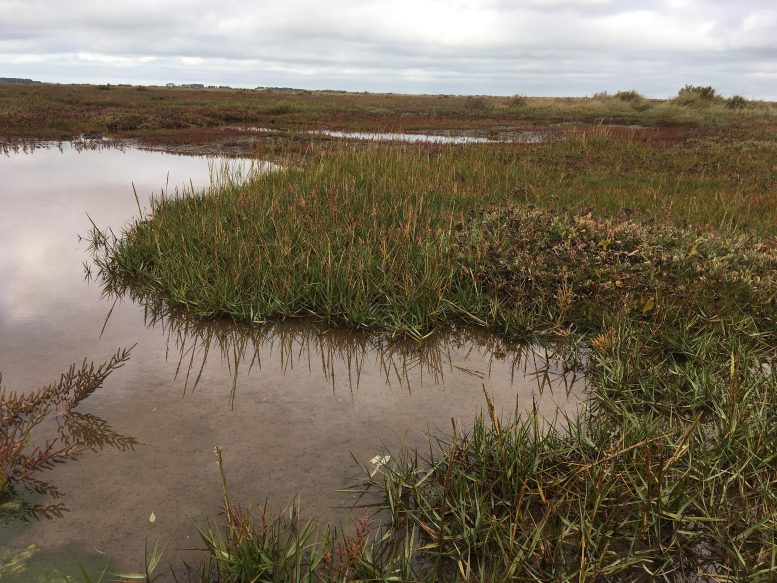

Discoveries in plant genetics reveal how DMSP production can enhance plant growth in stressful conditions, suggesting potential for developing drought and salt-resistant crops.
New research led by the University of East Anglia (UEA) identifies for the first time the genes that help plants grow under stressful conditions, opening new avenues for developing sustainable food crops in the face of global climate change.
Research Findings and Agricultural Implications
The study, recently published in Nature Communications, reveals the genes that enable plants to make a novel anti-stress molecule called dimethylsulfoniopropionate, or DMSP. It shows that most plants make DMSP, but that high-level DMSP production allows plants to grow at the coast, for example, in salty conditions.
Additionally, the research shows that plants can be grown under other stressful conditions, such as drought, when either they are supplemented with DMSP or plants are created that make their own DMSP. Such an approach may be particularly beneficial in nitrogen-poor soils to improve agricultural productivity.
This is the first study to describe the genes that plants use to produce DMSP, identify why plants make this molecule, and discover that DMSP can be used to improve the stress tolerance of plants.

Insights from Key Researchers
“Excitingly, our study shows that most plants make the anti-stress compound DMSP, but that the saltmarsh grass Spartina is special due to the high levels it accumulates. This is important because Spartina saltmarshes are global hotspots for DMSP production and for generation of the climate-cooling gas dimethylsulfide through the action of microbes that breakdown DMSP,” said Prof Jon Todd of UEA’s School of Biological Sciences.
Lead author Dr. Ben Miller, also from UEA’s School of Biological Sciences, added: “This discovery provides fundamental understanding about how plants tolerate stress and offers promising avenues for improving the tolerance of crops to salinity and drought, which is important for enhancing agricultural sustainability in the face of global climate change.”
The research team included scientists from UEA’s School of Biological Sciences, School of Chemistry, Pharmacy and Pharmacology, and Ocean University of China.

Comparative Study and Broader Impact
The team studied a species of saltmarsh cordgrass – Spartina anglica – that produces high levels of DMSP and compared its genes with those from other plants that produce the molecule, though mainly at low concentrations.
Many of these low DMSP-accumulating species are crop plants that cover large areas in the UK, such as barley and wheat.
The researchers identified three enzymes involved in the high-level production of DMSP in Spartina anglica.
DMSP plays crucial roles in stress protection and is integral to global carbon and sulfur cycling, as well as the production of climate-active gases.
Saltmarsh ecosystems, particularly those dominated by Spartina cordgrasses, are hotspots for DMSP production due to these plants being able to synthesize unusually high concentrations of the compound.
Reference: “Elucidation of Spartina dimethylsulfoniopropionate synthesis genes enables engineering of stress tolerant plants” by Rocky D. Payet, Lorelei J. Bilham, Shah Md Tamim Kabir, Serena Monaco, Ash R. Norcott, Mellieha G. E. Allen, Xiao-Yu Zhu, Anthony J. Davy, Charles A. Brearley, Jonathan D. Todd and J. Benjamin Miller, 9 October 2024, Nature Communications.
DOI: 10.1038/s41467-024-51758-z
The research was funded by the Natural Environment Research Council (NERC) and the Biotechnology and Biological Sciences Research Council (BBSRC).